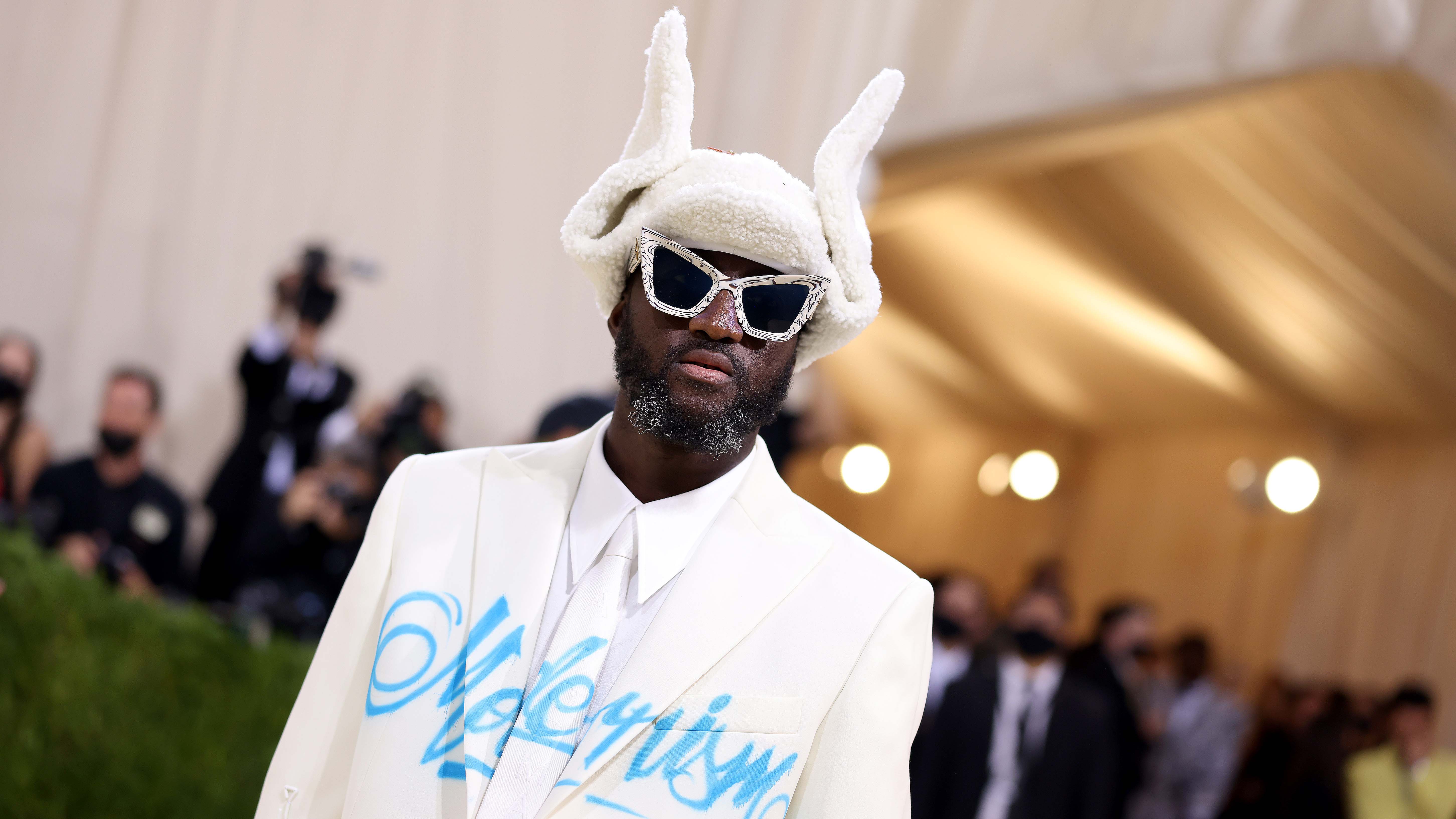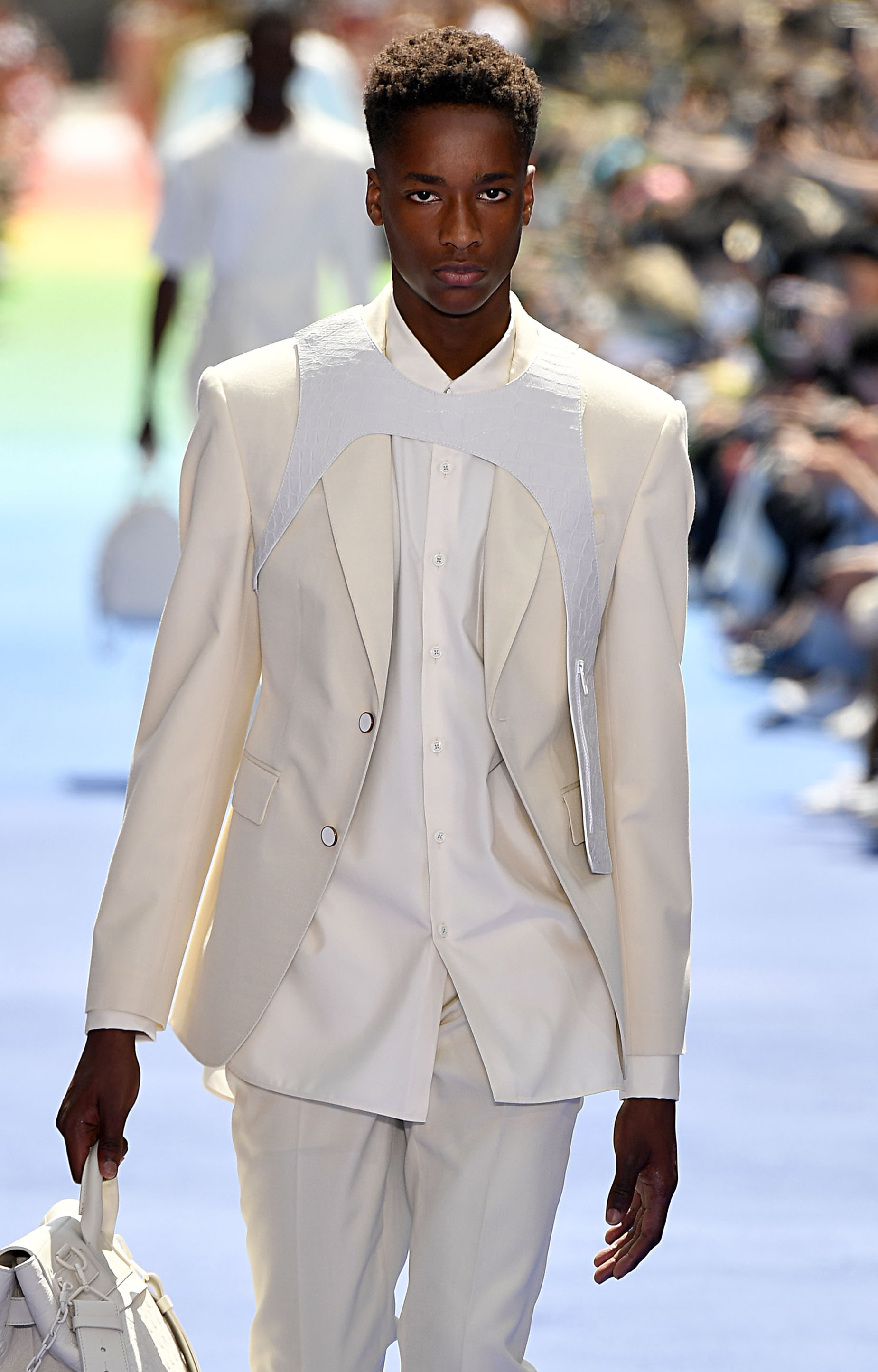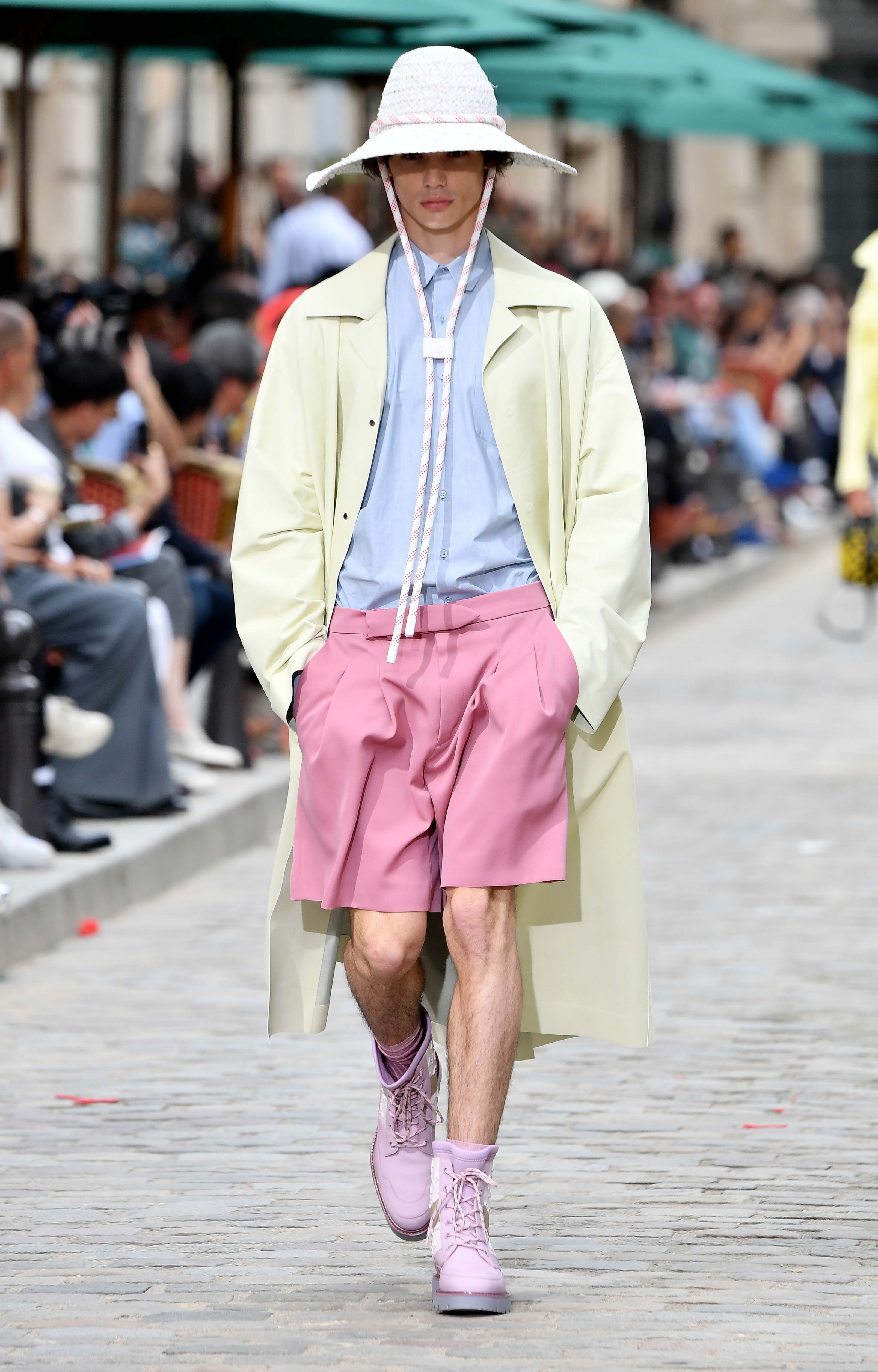Everything
The death of Louis Vuitton’s artistic director Virgil Abloh from a rare form of cancer known as cardiac angiosarcoma over the weekend has shocked the global fashion community.
Not in part because it was so unexpected. It seems that, right up until recently, Abloh was fronting interviews and attending events and launches around the globe with no indication that his health had suffered or was suffering.

That this would be hidden from the general public isn’t a surprise however.
Abloh’s career – from DJ to architect, designer to creative director – was predicated on what he himself described as “that vibrant Millennial spirit, constantly running”. A self-confessed workaholic, the Chicago-native brought this energy into the world of luxury fashion like a force majeure.
When Abloh launched Off-White back in 2012, fashion was slowly undergoing an identity crisis.
The increasing presence of fashion bloggers, the revolution that was Instagram and social media at large, had begun to chip away at the ivory tower of the luxury fashion industry. No longer was it solely the world of elusive and elite editors but rather an open community. A culture, in fact, that was built on diversity of body, background and ideas that would democratise the world of fashion in a way that had never happened before.
This community and culture was what Abloh began to tap into and nurture with the launch of Off-White.
With infamous Millennial confidence, he created a brand that was at once both a defiance and a parody of fashion’s status quo.

Irony was embedded into every fibre of the collection and Abloh found himself catapulted into success with a growing audience that was tired of the same voices and the same faces – older, invariably white – dictating sartorial rules.
(It also helped that he had the support and approval of the likes of Kanye West and Rihanna. Star wattage doesn’t get much brighter than that.)
Abloh, the son of two Ghanaian immigrants, came into the industry not with your usual Central St Martins or Parsons background but instead a degree in architecture.

For Abloh, everything was art and art was a chance to remix everything: digital design and technology, graphic design, tailoring, architecture, media and even ideas or concepts of his peers. Everything was a source of inspiration that could drive the narrative of what fashion was, is, further.
In 2018, when Abloh was announced as artistic director of Louis Vuitton’s men’s ready-to-wear, taking over from Kim Jones and becoming the first person of African descent to helm the line, the ripples of change that had been felt in the industry suddenly became seismic.
Diversity, once lamented about, became a key feature in Abloh’s work as the designer shattered the walls that surrounded fashion’s highest echelons and rewrote the codes – codes that younger people could identify and register.
Abloh was known for saying that “Everything I do is for the 17-year-old version of myself” and this included creating a world of fashion that could represent the cultural collective.

Louis Vuitton was now part of the remix and the community that Abloh had cultivated with Off-White was now invited to become part of the wave of new devotees for the French maison.
Abloh’s passion for the next generation was his greatest asset during his time at Vuitton. He understood their energy, that they were the ones who would manifest the reality of the world that people of his generation were only dreaming about.
This was reflected in the shift in aesthetic direction of Vuitton’s menswear.
His first collection of the maison was a neon space-age dream that set the standard for menswear in more ways than we realised at the time.
It was in this collection that the instant cult hit harness-slash-vest made its debut, before making its way onto multiple red carpet events worn by Michael B. Jordan and Timotheé Chalamet.
Abloh created a menswear that cleverly twisted elements of digital and contemporary culture into a wearable form of art.
While Off-White still continued, there’s no denying that the experiment started there truly manifested through the medium of Vuitton.
His last show for the brand, Spring 2022, was an epic opus that celebrated Black and Asian culture, from music to cinema. Street wear – a term that Abloh actively disliked and with cavalier candeur once declared “would die in 2020” – became seamless with tailoring.
Of course, even the best of us have slightly less than stellar moments and not every item (or collection) that Abloh launched hit the mark. Such as the infamous Michael Jackson-inspired range featured in the Fall/Winter 2019 shows that were pulled from production and the accusations of copying.

Hindsight, as they say, is 2020 and the signs that things may not have been well might have been there all along.
Back in September of 2019, Louis Vuitton stated that Abloh would take several months off to rest and wouldn’t attend his Off-White show in Paris. Some are suggesting that this was approximately the same time that Abloh received his diagnosis.
Then there were the recent interviews where, upon reflection, Abloh’s tone now seems both reflective and almost foreboding.
Speaking with Tim Blanks for Business of Fashion, Abloh jovially – and even proudly – declared that the next Virgil Abloh was already out there. Possibly already working in the rooms of Louis Vuitton.
Now, today, this feels both particularly poignant yet incredibly hopeful. And that was always the magic of Abloh’s career and vision – it was built on hope.
Thank you.